If you’re planning to do some home renovation or just need to hang something heavy, you may need to find your floor joists. These wooden beams support your floor and are essential for ensuring your home’s stability.
Knowing how to find floor joists is important for any homeowner or DIY enthusiast. The most common way to locate them is by using a stud finder. Which can detect the presence of wood behind drywall or other materials. However, if you don’t have a stud finder, other ways exist to locate your floor joists. One method is to look for clues such as nails or screws that attach the floorboards to the joists.
You can also look for gaps between the floorboards, which may indicate the location of the joists. Another method is to use a hammer to tap along the floor until you hear a solid and dense sound, which often indicates the presence of a joist. Following these tips, you can quickly and easily locate your floor joists and ensure your home is structurally sound.
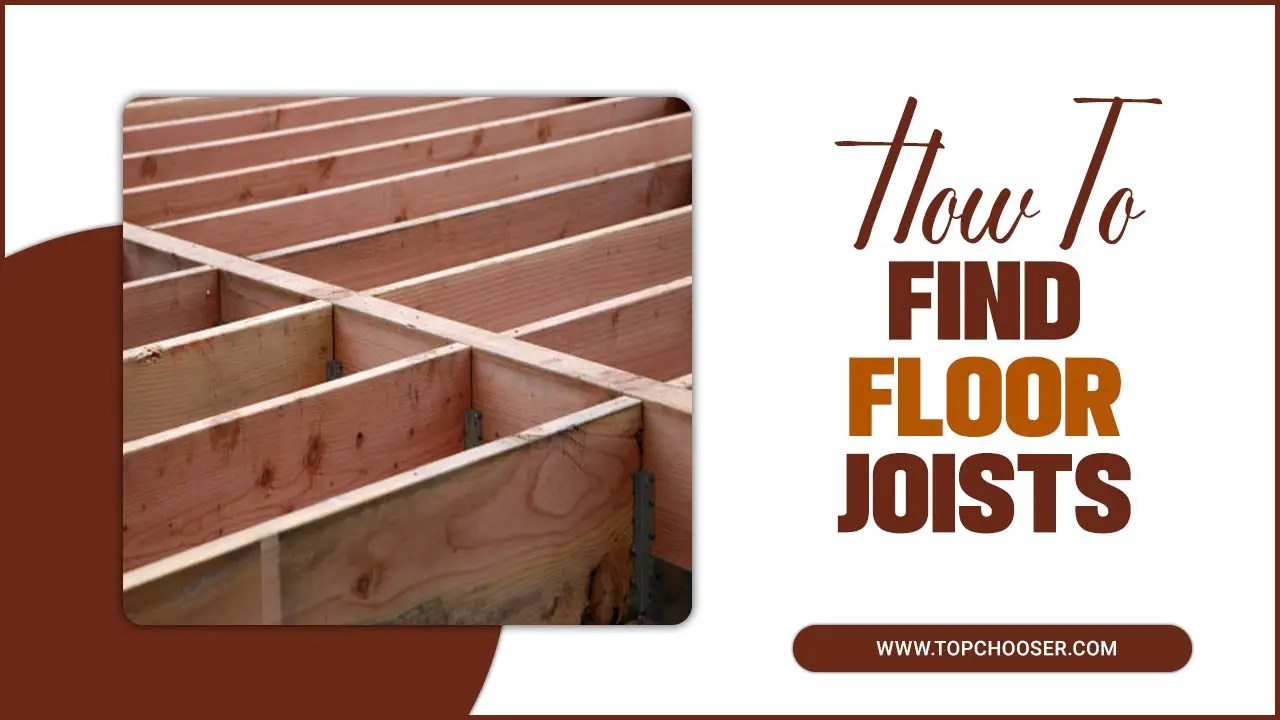
Tools Needed To Locate Floor Joists
If there is a thick layer of carpet or multiple layers of flooring. You may need a more specialized stud finder or use tapping and measuring techniques. Always exercise caution when drilling or cutting into the floor to avoid damaging pipes.
Wires or other utilities are concealed within the floor structure. Locating floor joists is essential for various tasks, such as hanging heavy items on walls, installing flooring, or performing repairs. Here are some tools you can use to find floor joists:
- Stud Finder: A stud finder is a handheld device that uses electronic or magnetic sensors to detect changes in wall density. It can also be used to locate floor joists by running them along the floor until it detects the denser wood of a joist.
- Electronic Stud Finder with Deep-Scan Feature: Some stud finders have a deep-scan feature that allows them to detect joists through thicker materials like carpeting or multiple flooring layers.
- Magnetic Stud Finder: This simple and affordable tool doesn’t require batteries. It detects the nails or screws used to secure the subfloor to the joists, as they create a magnetic field.
- Tapping or Knocking: By tapping or knocking on the floor surface. You can listen for differences in sound or vibrations, which may indicate the presence of a solid joist beneath.
- Visual Clues: Look for visible clues like nails or screw heads, which may indicate the placement of the joists.
- Measuring Tape: Floor joists are typically spaced at regular intervals, often 16 or 24 inches apart. You can measure from a known reference point (like a wall) to determine the approximate location of additional joists.
Effective Methods On How To Find Floor Joists
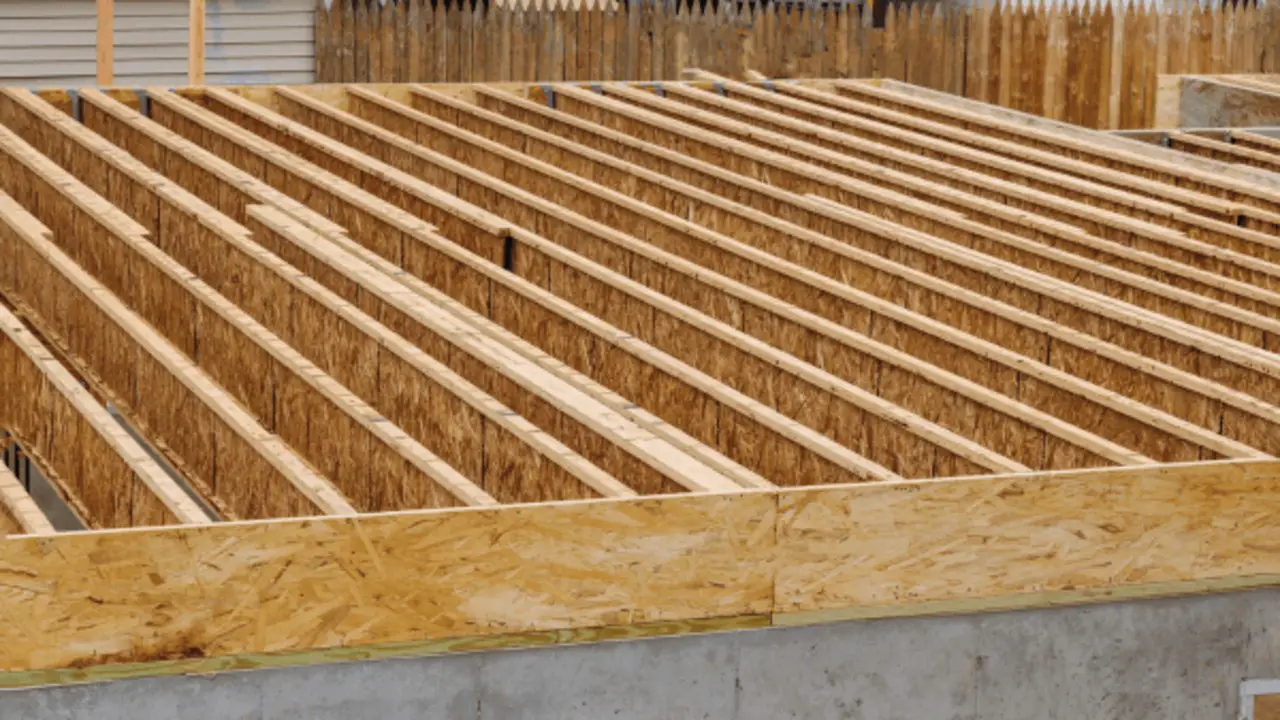
Floor joists are horizontal beams that support the weight of the floor and the furniture on it. They are usually wood or metal and run across the room’s length. Finding floor joists can be useful for various purposes, such as installing new flooring, hanging heavy objects, or repairing squeaky floors. Here are some steps on how to find floor joists in your home.
Determine The Type Of Flooring In Your Home
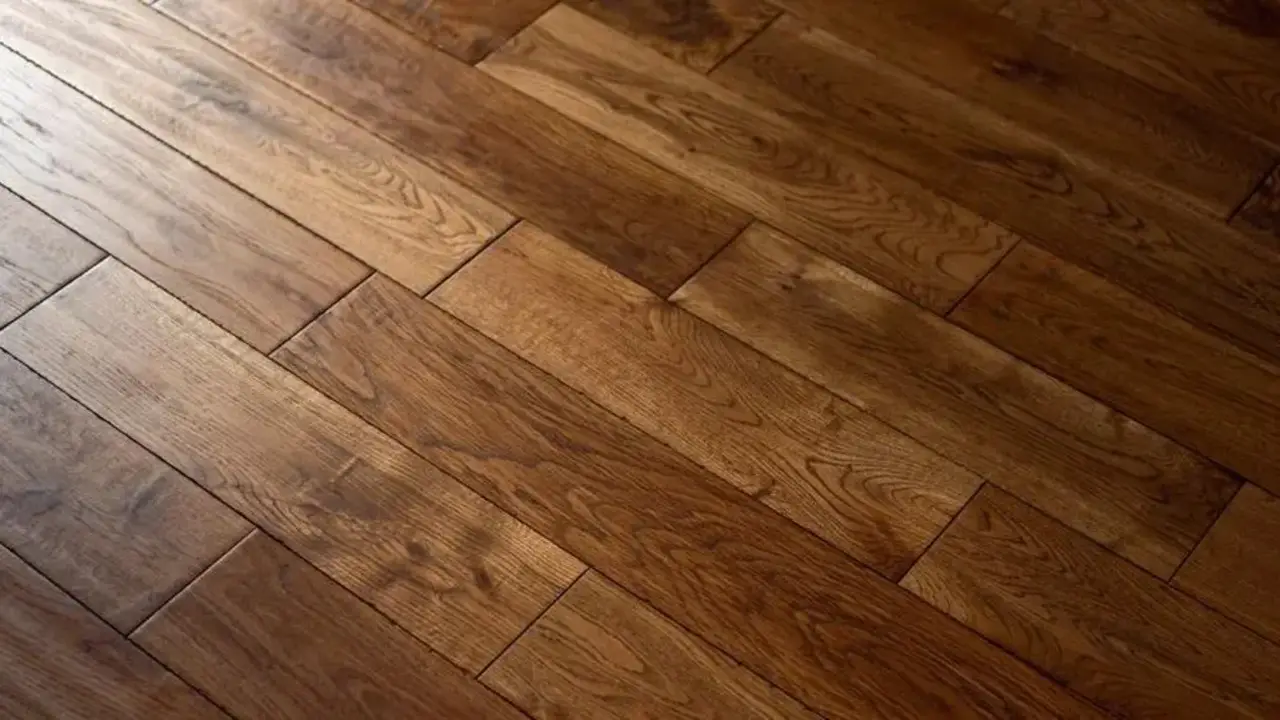
Different types of flooring may require different methods to locate floor joists. For example, carpeted floors may hide the nails or screws indicating the joists’ location. White-tiled floors may have grout lines that align with the joists. Knowing the type of flooring can help you narrow your search and choose the best tools for the job.
Look For Visible Clues In The Room
Sometimes, you can find floor joists by looking for signs on the floor or the ceiling. For example, you may notice slight bumps or dips on the floor where the joists are, or you may see cracks or seams on the ceiling that follow the direction of the joists. You can also look for nails or screws on the floor that secure the subfloor to the joists or vents or registers that are usually placed near the joists.
Use A Stud Finder To Detect Joists
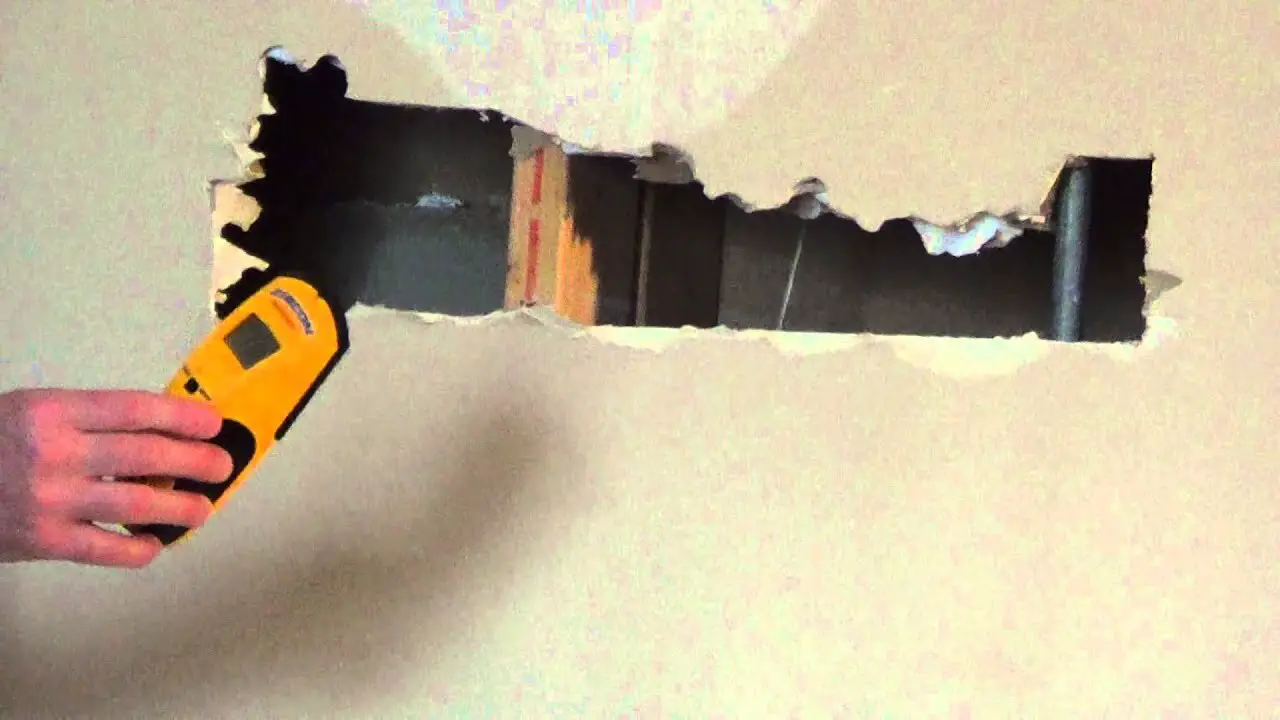
A stud finder is a device that can detect metal or wood studs behind walls or floors. You can use a stud finder to scan the floor and find where the joists are. To do this, turn on the stud finder and move it slowly across the floor until it beeps or lights up, indicating a joist. Mark the spot with a pencil or tape and repeat until you find another joist.
Locate The First Joist And Measure The Distance To The Next One
Once you have found one joist, you can use a tape measure to find out how far apart they are spaced. Typically, floor joists are spaced 16 inches or 24 inches apart from centre to centre. But this may vary depending on your home’s construction. Measure from the centre of one joist to the centre of another and note the distance.
Mark The Location Of The Joists On The Floor
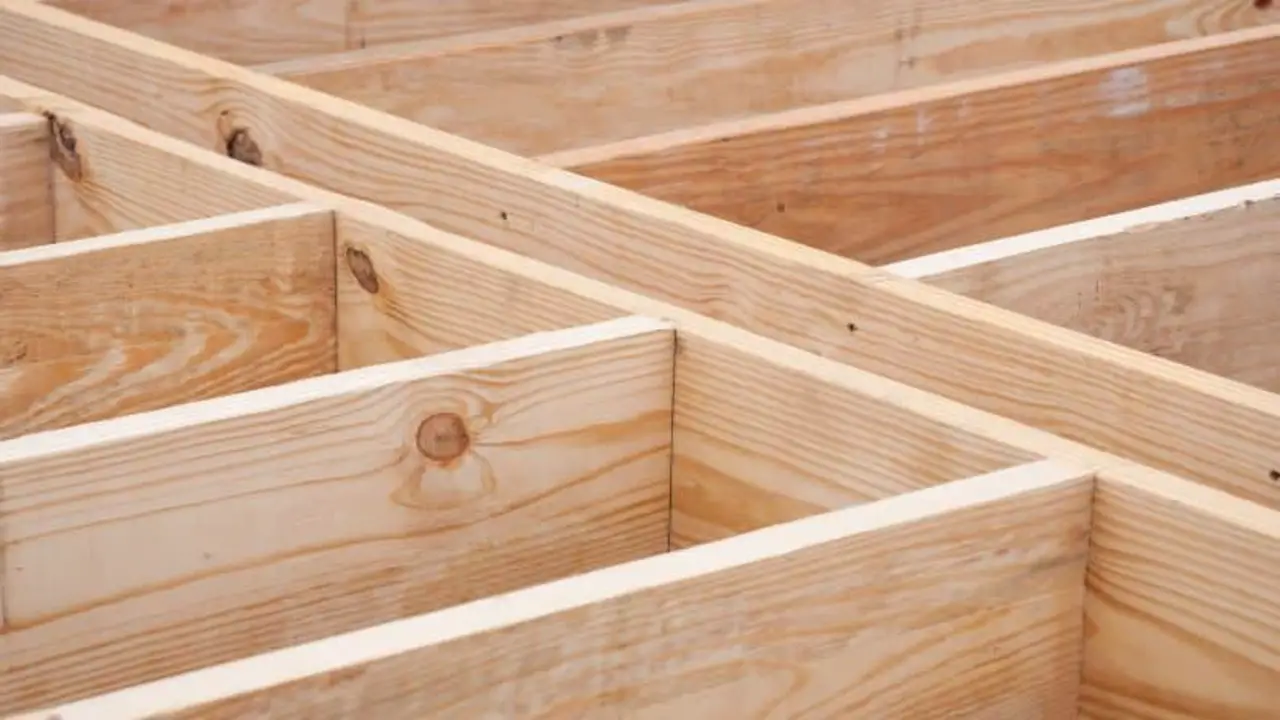
After measuring the distance between two joists, you can use a chalk line or a straight edge to mark a line along their length on the floor. This will help you visualize where the joists are and make it easier to find them later. You can also use a nail or a screw to mark each joist’s centre point.
Check For Consistency In Joist Spacing
Sometimes, floor joists may not be evenly spaced due to irregularities in construction or design. To check for consistency, you can measure the distance between several pairs of joists and compare them. If they are inconsistent, you may need to adjust your markings or use other methods to verify their locations.
Verify Your Findings By Drilling A Small Hole
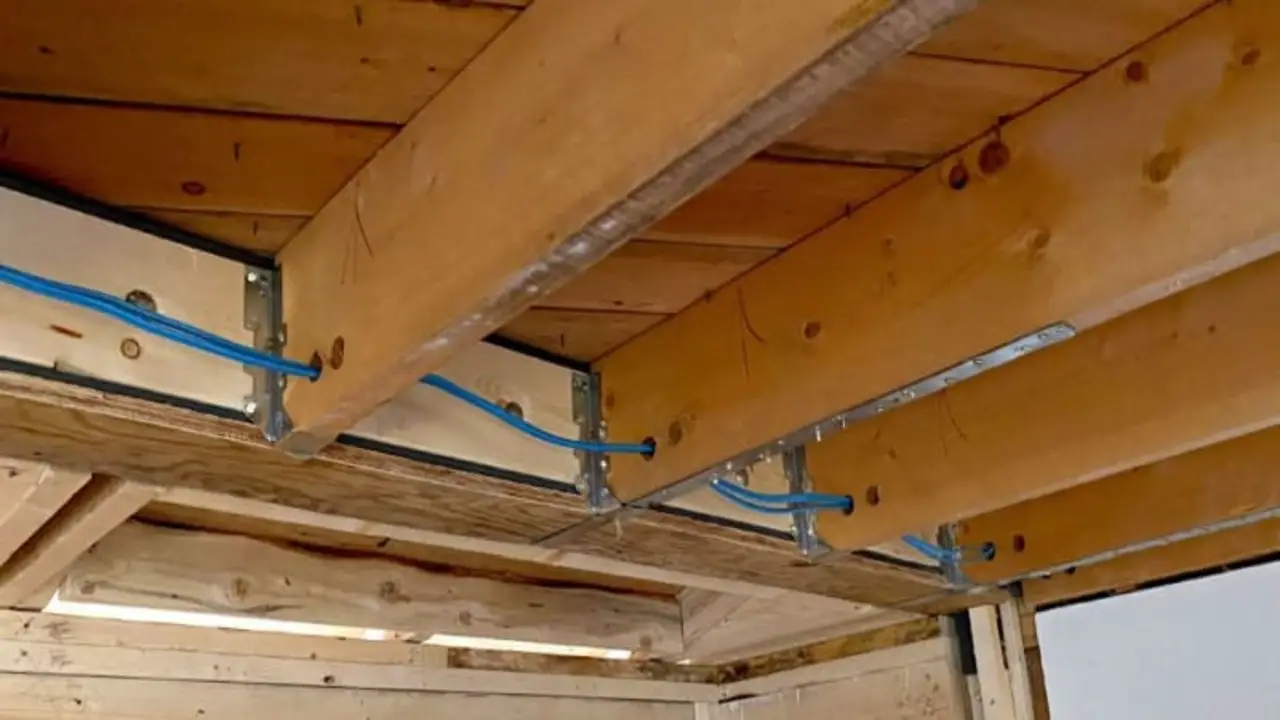
One way to confirm that you have found a floor joist is to drill a small hole through the floor and see if you hit wood or metal. You can use a drill bit slightly smaller than a joist’s width and drill carefully until you feel resistance. You will feel it stop or bounce back if you hit a joist. If you miss a joist, you will feel it go through easily.
Use A Flashlight To Visually Confirm Joist Locations
Another way to confirm that you have found a floor joist is to use a flashlight to look through the hole you drilled and see if you can see wood or metal. You can also use a wire coat hanger or a thin metal rod to poke through the hole and feel for resistance. If you see or feel a joist, you have located it correctly. If not, you may need to try again.
Find Floor Joists Under The Subfloor
A subfloor is a layer of plywood or other material that covers the floor joists and provides a base for the finished flooring. To find floor joists under a subfloor, you can use some of the same methods as above, such as looking for visible clues, using a stud finder, measuring distances, marking locations, drilling holes, and using a flashlight. However, you may need more force or larger tools to penetrate the subfloor.
Find Floor Joists Under Hardwood
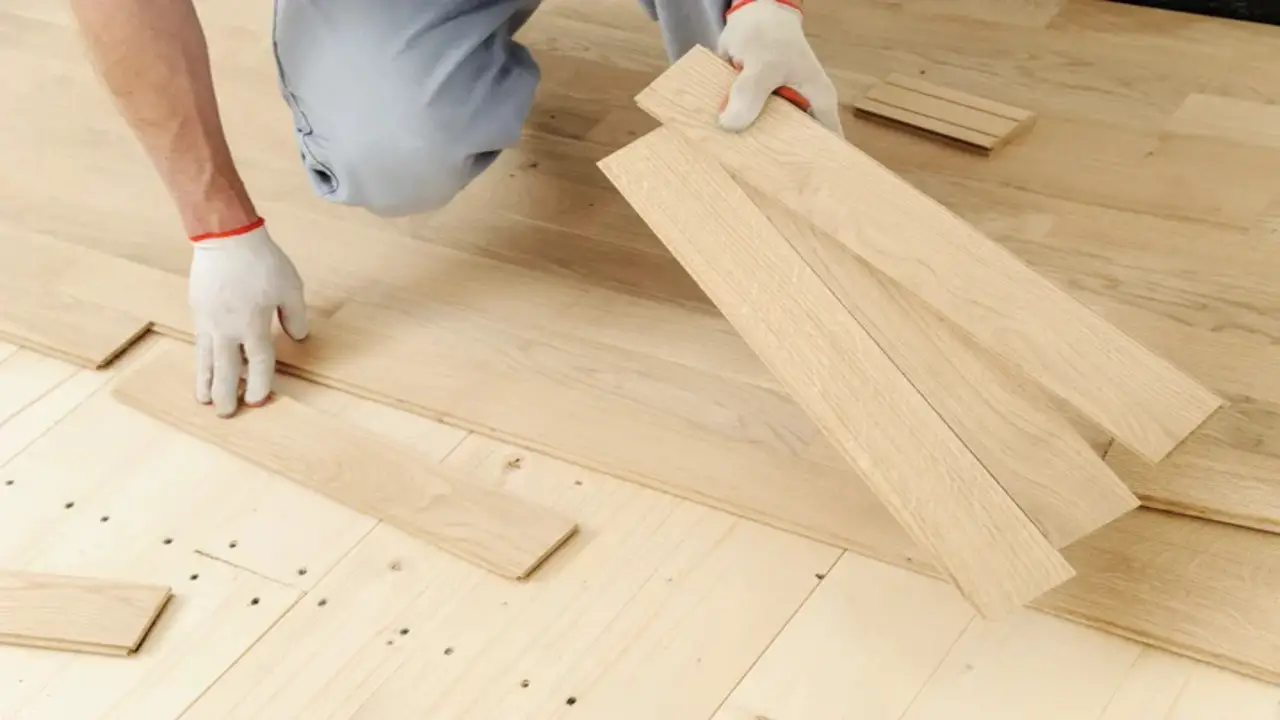
Hardwood is a type of flooring that consists of solid wood planks that are nailed or glued to the subfloor and finished with varnish or stain. To find floor joists under the hardwood, you can use some of the same methods as above, such as looking for visible clues, using a stud finder, measuring distances, marking locations, drilling holes, and using a flashlight.
However, you may need to be more careful not to damage or scratch the hardwood surface. You may also need a metal detector to find the nails or screws that secure the hardwood to the joists.
Conclusion
Finding floor joists can be challenging, but it is essential for the safety and stability of any structure. The most common methods include locating the joists through markings on the ceiling or walls, using a stud finder, or tapping the floor to listen for a solid sound.
It is important to note that some older buildings may not have standard spacing between joists so alternate methods may be necessary. Additionally, it is crucial to take safety precautions, such as wearing protective gear and ensuring that the floor is clear of any obstacles.
Following these steps on how to find floor joists, you can locate floor joists and proceed with any necessary repairs or renovations. Remember, accuracy is key, so take the time to double-check your findings before proceeding. With these tips on finding floor joists, you can confidently tackle any project.
FAQ’s:
[rank_math_rich_snippet id=”s-378a6cdd-f400-4f70-83fb-8418158cc666″]

I am passionate about home engineering. I specialize in designing, installing, and maintaining heating, ventilation, and air conditioning systems. My goal is to help people stay comfortable in their homes all year long.
